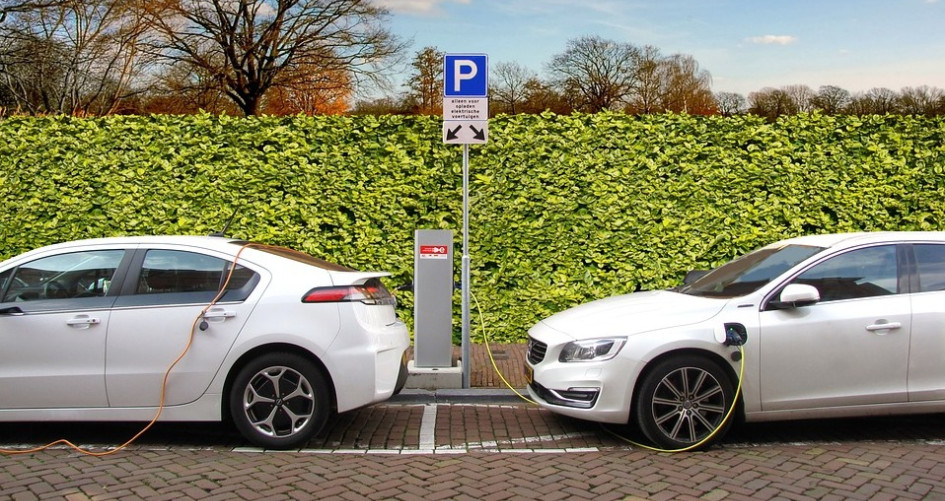The global auto industry must adapt quickly to technological changes and tightening environmental regulations or risk falling behind, according to a new analysis by CDP (formerly Carbon Disclosure Project).
The latest research shows the industry is on the cusp of a tipping point, with rising emissions targets, the low-carbon vehicle transition and advanced technologies in the form of autonomous and shared driving posing opportunities and risks to the industry.
Putting the spotlight on the huge changes that are currently being witnessed in the auto industry, the research suggests that over 30% of new car sales are projected to be zero emissions and plug-in hybrid by 2030, representing a potential USD 1 trillion market. Electric vehicles could become as affordable as traditional petrol and diesel cars as early as 2022, making it easier for carmakers to profit from a low carbon economy.
Road transport accounts for 17% of global greenhouse gas emissions, which is a major factor contributing to climate change. Efforts to accelerate the deployment of low emissions and electric vehicles is crucial for reducing carbon emissions and achieving the central goal of the Paris Climate Change Agreement, which is to keep the global average temperature well below 2 degrees Celsius and as close as possible to 1.5 degrees above pre-industrial levels.
Commenting on the report, Paul Simpson, CEO of CDP said: “The auto sector is the poster child for the future of industry as we know it. Tech and software disrupters have forced this high-emitting industry to innovate at a pace faster than it perhaps feels comfortable with. It is promising to see traditional carmakers step up to the mark to meet global shifts in demand for electric vehicles.”
CDP analysis ranked 16 of the world’s largest publicly-listed automotive companies on business readiness for a low carbon transition with a total market capitalization of USD 790 billion, representing over 75% of the global passenger vehicle market. In the report, the highest ranked companies include BMW, Daimler and Toyota, whilst Suzuki, FCA and Subaru are at the bottom.
Responding to the shifts in global automotive industry and consumer trends, traditional car companies are increasingly investing – over USD 11 billion since 2015 – in autonomous and shared vehicle companies such as Lyft, and setting aggressive electric and autonomous vehicle targets. For instance, General Motors is currently working towards an “All Electric-future” and also aims to roll-out a fully self-driving ridesharing service by 2019.
But expanding business opportunities have also come along with some challenges even as companies adjust to a changing market landscape. For example, nearly 50% of carmakers risk penalties by missing their emissions targets, with up to 940 million euros at risk. In the EU alone, emissions must be reduced by up to a fifth over the next 5 years, meaning that some companies will need to increase their share of sales from EVs to 20% in order to meet the EU’s 2021 targets.
Below are some of the risks and opportunities for the sector as highlighted in the report:
- China key to auto sector disruption: the largest vehicle market in the world has aggressive targets for new energy vehicles such as EVs. This is significant as China accounts for 29% of global passenger vehicle sales.
- All eyes on governance: Governance and remuneration structures lack alignment with the low carbon transition but European companies lead with a greater focus on climate linked remuneration and board level expertise.
- Increasing compliance costs: Carmakers face increasing costs for complying with emissions regulations for traditional car engines, which are expected to increase threefold by 2025 and reach over USD2,200 per vehicle. Companies may struggle to pass these costs onto consumers.
- Knock on effect to other sectors: All of the changes in the auto industry will have a material impact on other sectors such as oil & gas and the power sector, with increased demand for electricity.
See the relevant CDP press release here.
Download the Driving Disruption report.
